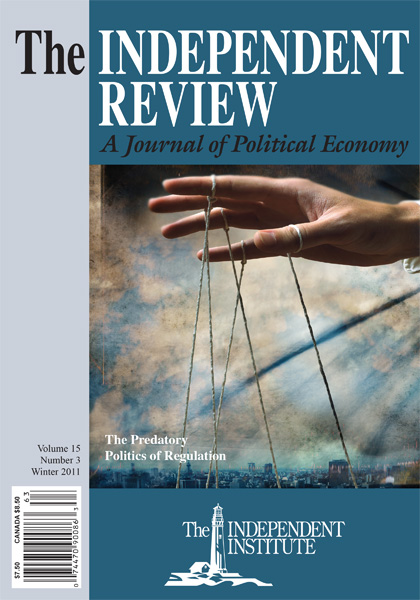The 55 mile-per-hour national maximum speed limit sparked the citizens’ band radio craze that swept the United States from the mid- to late 1970s. Truckers bought CBs to help them steer clear of law enforcement on unfamiliar rural interstate highways and thereby avoid the extra costs of driving slower, whereas car drivers had weaker economic incentives to buy them.
Article
In response to the 1973 oil crisis, the U.S. Congress passed and President Richard M. Nixon signed into law the Emergency Highway Energy Conservation Act in January 1974. This law compelled each state government to set a maximum highway speed of 55 miles per hour (mph) in order to continue to receive federal highway funds. According to Nixon’s official statement upon signing the bill, the law “aimed principally at helping to reduce gasoline and diesel fuel consumption during the energy crisis” (Nixon 1974). All state governments quickly complied and began posting 55-mph speed limits. All fifty states had complied with the National Maximum Speed Limit (NMSL) by March 1974 (Transportation Research Board 1984, 105).









